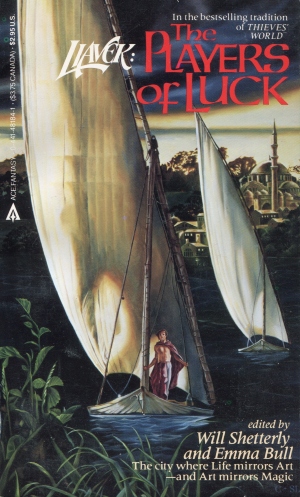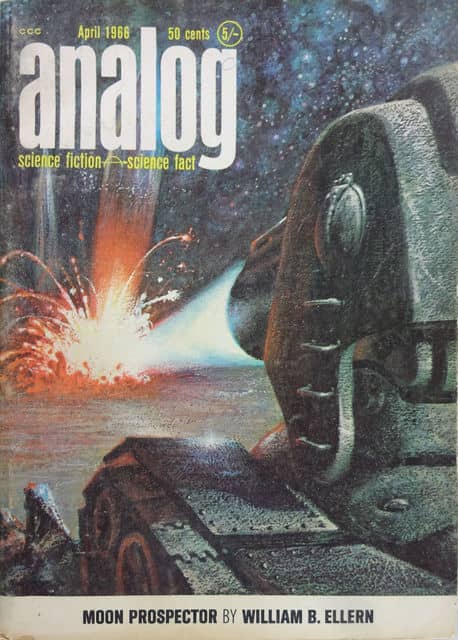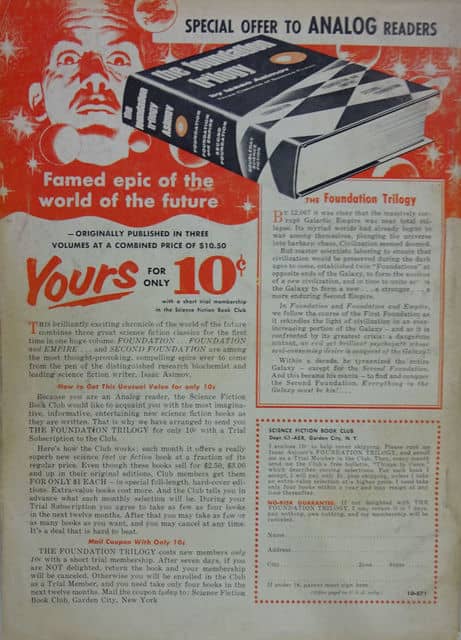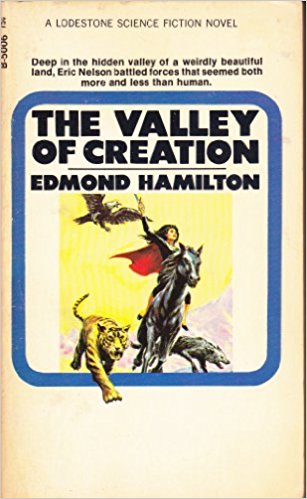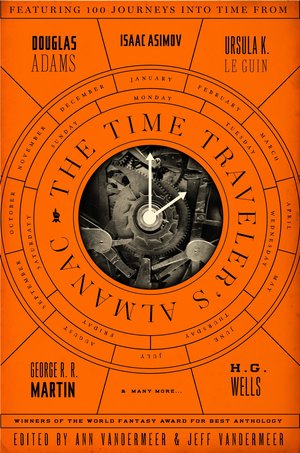Birthday Reviews: A. Bertram Chandler’s “Planet of Ill Repute”
 |
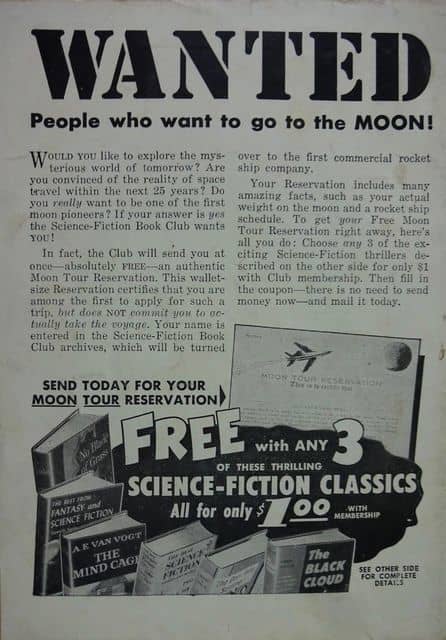 |
Cover by Ed Emshwiller
A. Bertram Chandler was born on March 18, 1912 and died on June 6, 1984.
Chandler has received four Ditmar Awards for his novels False Fatherland, The Bitter Pill, and The Big Black Mark, as well as the story version of “The Bitter Pill.” His story “Wet Paint” won the Seiun Award in 1976 and he was nominated for a Retro Hugo for his novella “Giant Killer.” Chandler was the author Guest of Honor at Chicon IV, the 1982 Worldcon in Chicago.
“Planet of Ill Repute” originally appeared in the November 1958 issue of Infinity Science Fiction, edited by Larry Shaw. The story was reprinted in the NESFA Press book Up to the Sky in Ships/In and Out of Quandry, released to coincide with the Chicon where Chandler was Guest of Honor. Published in the Ace Double format, the Up to the Sky in Ships side contained stories by Chandler and the In and Out of Quandry side contained essays by fan Guest of Honor Lee Hoffman. The cover for both sides was by Chicon Artist Guest of Honor Kelly Freas.
“Planet of Ill Repute” looks at “The Protection of Undeveloped Peoples Act,” which has stark similarities to Star Trek’s Prime Directive. In this case, when Commodore Pendray discovered that his men had run afoul of “The Act” during an initial survey of the planet Lishaar, he followed proper protocols, arresting the men responsible with the goal of having them court martialed.

